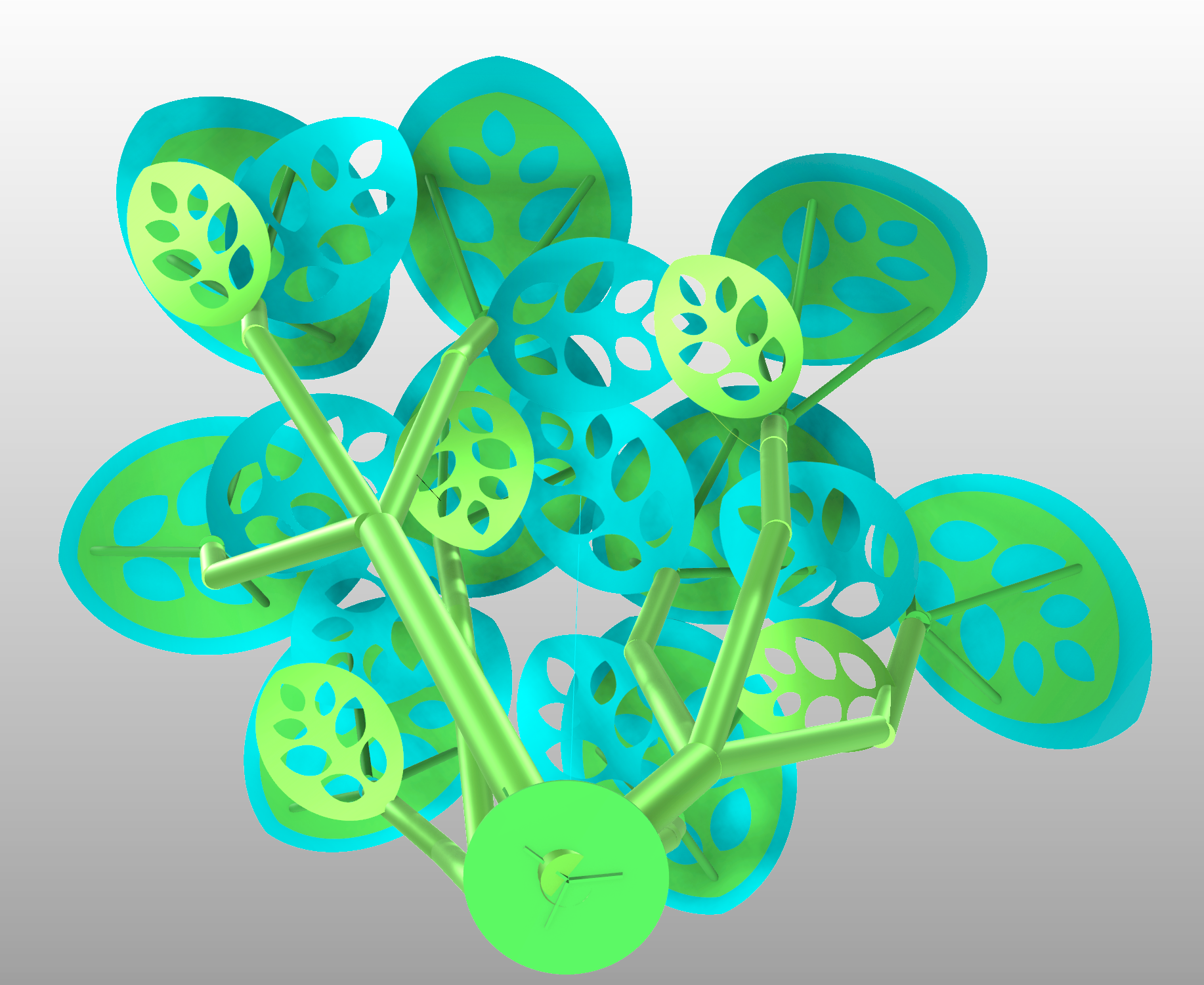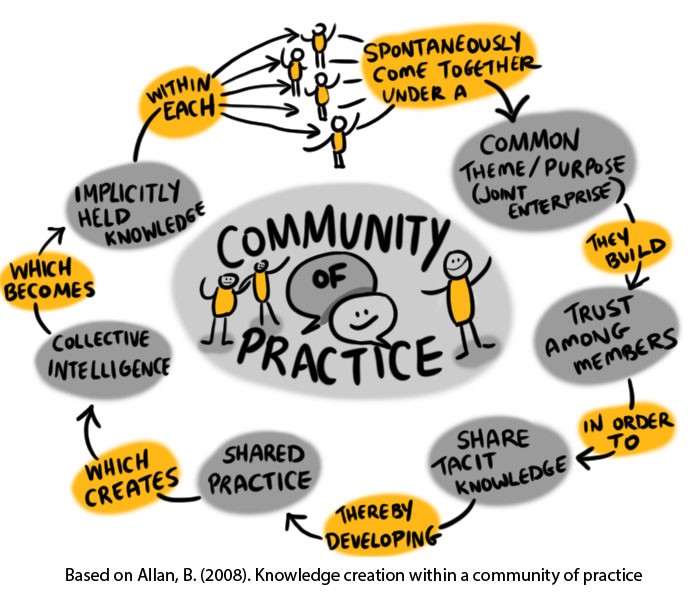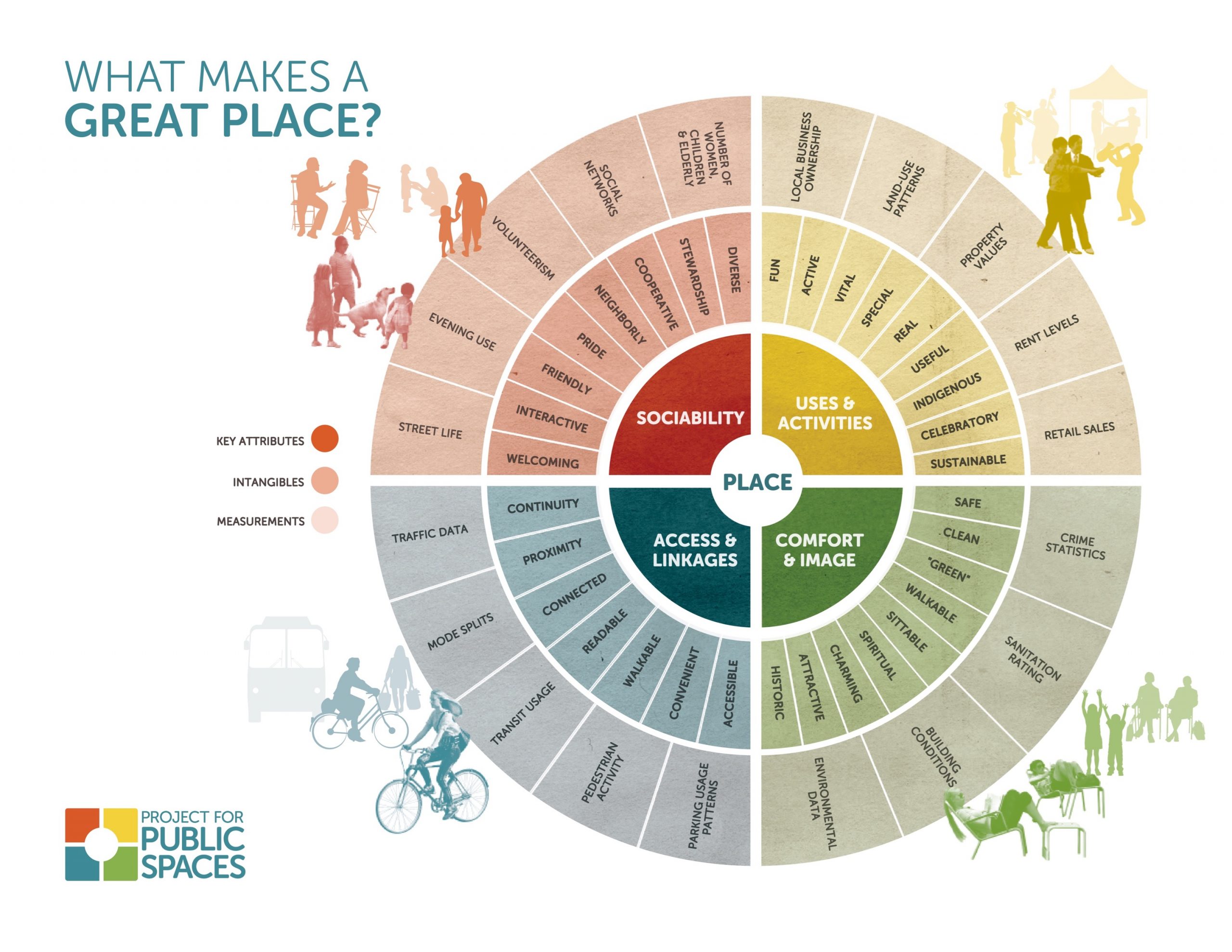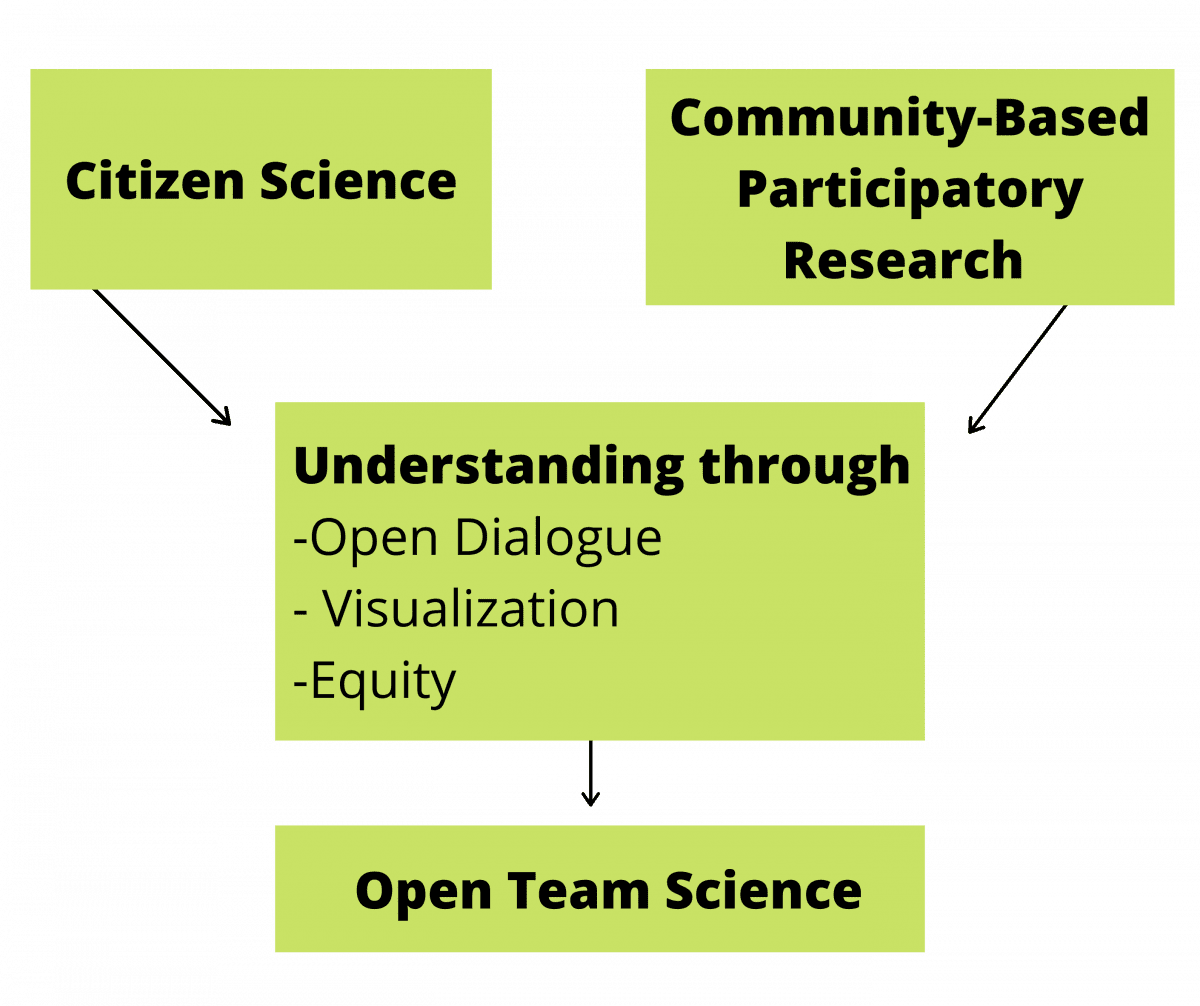
The STEAM Tree will act as a symbiotic platform that will merge sustainable systems research with equity, advocacy, intersectionality and innovation. We recognize the need to advance all people in STEM, STEAM and sustainable innovation by creating systematic change through the development of unique and vital opportunities.
Transdisciplinary research allows students and faculty to conduct narrow investigations while also contributing to the development of completely new concepts, theories, methodologies and innovations that go beyond traditional discipline-specific approaches.
Using this method, we hope to:
- – Provide a clear and positive roadmap to tackling complex social challenges such as climate change, socioeconomic insecurity, eco-injustice, and racial injustice.
- – Teach successful collaboration among different populations
- – Teach transdisciplinary research synthesis and understanding
- – Communicate new forms of research to a wide audience and expanding different viewpoints.
- – Successfully confront issues that are easily avoided with single-discipline research.
- – Pioneer a new self-awareness in collaborative-creative research practices.


When STEM projects require design thinking, individuals become exposed to the creative process. We hope to encourage this innovative thinking among developers young and old so that new innovations are crafted with a sustainable, functional and empathetic efficiency. Through interdisciplinary teamwork, we will find the most ideal design for the academic community and the broader community to make use of. This innovative design will be successfully multifunctional with a wide range of dynamics.
By using design thinking alongside scientific method we can successfully observe behavior, social systems, natural systems, and data to create solutions to complex problems. With this innovative design, we become limitless in our solutions using creative models.

By creating a STEAM ecosystem of innovation, we hope to turn Connecticut into an arena for piloting new ideas and innovation. In this process, anyone can become a collaborator and assisting in nurturing and scaling effective STEAM learning opportunities. By allowing different communities, organizations and individuals the chance to participate in new innovation, we create a complex but active cross-sector network of STEAM education and awareness that will span out to great lengths.
We use the Community of Practice Framework to cultivate a STEAM Learning Ecosystem. According to Etienne and Beverly Wenger-Trayner, this means;
– Designing for Evolution
– Opening a dialogue between inside and outside perspectives
-Inviting different levels of participation
-Developing both public and private community spaces
-Focusing on value
-Combining familiar and unknown
-Create a rhythm for the community.


Sustainability is essential in the process of community planning and plays an important role in the long-term success of communities. Planning for sustainable communities is primarily based on addressing the needs of the people in the community and ensuring a better quality of life. Public participation plays a critical part throughout the process of planning for sustainable communities and in this sense, a sustainable community is created through balancing the environmental, social and economic activities within the community.
Place-making is an integrative approach to the planning and sustainable development of communities. People are attracted to good places with high quality of life, which consist of effective place-making principles that are implemented through layout and design. Good places are a focal point of economic and social activity, thus place-making approaches can contribute to planning and creating attractive, focal points by including various functions within one space.
According to Giradet a sustainable city [in this instance a community] is planned to enable all of its citizens to meet their own needs and to enhance their wellbeing without damaging the natural world or endangering the living conditions of other people, now or in the future. Planning for sustainable communities is challenging and thus it is essential to compile a framework wherein detailed practical guidelines for implementation of sustainable solutions are described.
Power states that the heart of sustainable development encompasses the simple idea of ensuring a better quality of life for everyone, now and for future generations. It implies meeting the following four objectives simultaneously:
– Social progress which recognizes the needs of everyone;
– Effective protection of the environment;
– Prudent use of natural resources;
– Maintenance of high and stable levels of economic growth and employment; and considering the long-term implications of decisions.
There is a need for an integrated place-making approach that will contribute to the planning for sustainability communities of rural and urban areas

Collaborative Innovation is a process which brings organizations together over a shared question, creating the space to explore how thinking of people differently and involving them fully, can strengthen organizations and indeed sectors as a whole.
By creating a sustainable knowledge community, we hope to democratize the field of higher education while integrating new learners to greater idea generation, scholarship, professional development, and dialogue surrounding civic education and public service. We strive to share and create resources to further educate individuals within the field and engage professionals at every level within their organizations as they promote engaged citizenship and student development, encourage democratic participation in their community, respect and appreciate diversity, and advocated applied learning and social responsibility.


Community-based participatory research (CBPR) is an approach to research that involves collective, reflective and systematic inquiry in which researchers and community stakeholders engage as equal partners in all steps of the research process with the goals of educating, improving practice or bringing about social change.
At its core, CBPR questions the power relationships that are inherently embedded in Western knowledge production, advocates for power to be shared between the researcher and the researched, acknowledges the legitimacy of experiential knowledge, and focuses on research aimed at improving situations and practices.
This approach to research is recognized as particularly useful when working with populations that experience marginalization – as is the case for some Indigenous communities—because it supports the establishment of respectful relationships with these groups, and the sharing of control over individual and group health and social conditions.